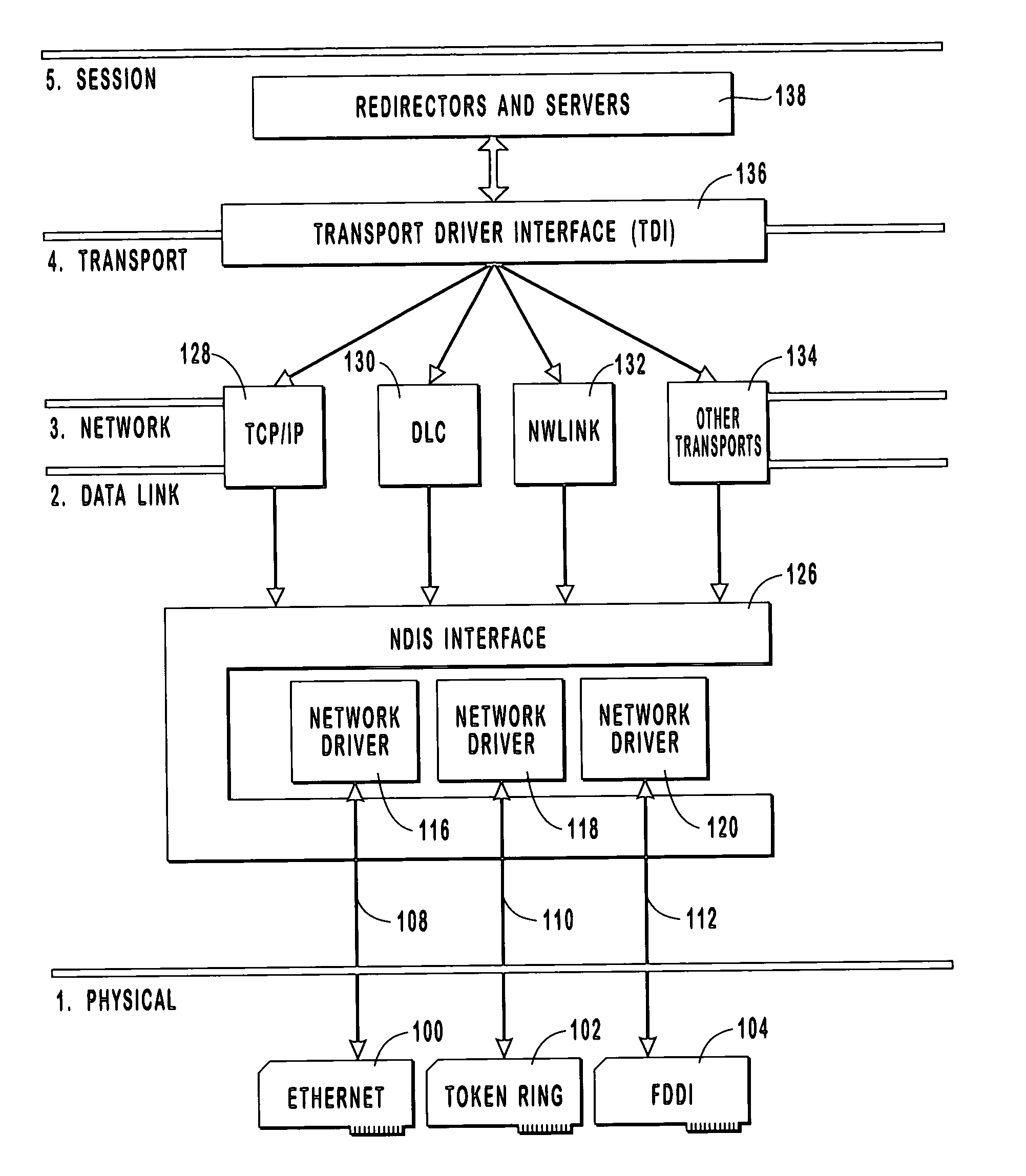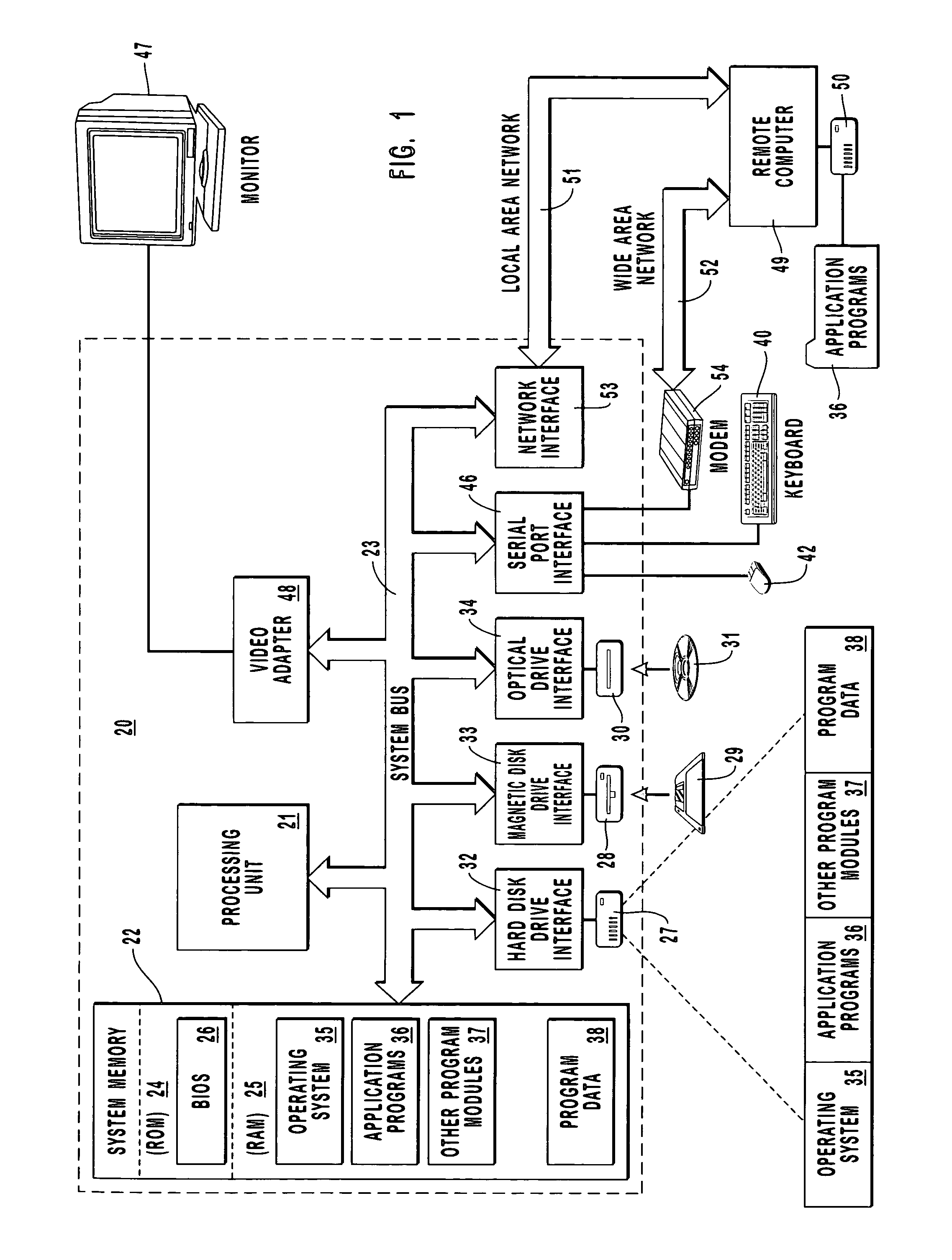Method and computer program product for offloading processing tasks from software to hardware
a technology of processing tasks and computer programs, applied in the field of methods for increasing the efficiency, speed and/or throughput of the computer system, can solve the problems of increasing the overhead of the processor, increasing the complexity and sophistication of such operating systems, application software, networking and communication, etc., and achieves the improvement of the overall efficiency and throughput of the system, improving the throughput of the entire system, and tightly integrated and efficient
- Summary
- Abstract
- Description
- Claims
- Application Information
AI Technical Summary
Benefits of technology
Problems solved by technology
Method used
Image
Examples
Embodiment Construction
[0027] The invention is described below by using diagrams to illustrate either the structure or processing of embodiments used to implement the system and method of the present invention. Using the diagrams in this manner to present the invention should not be construed as limiting of its scope.
[0028] The present invention contemplates both methods and systems for offloading processing tasks from a host computer, such as a personal computer, to computer connected hardware peripherals, such as a network interface card (NIC). FIG. 1 and the following discussion are intended to provide a brief, general description of a suitable computing environment in which the invention may be implemented. Although not required, embodiments of the invention will be described in the general context of computer-executable instructions, such as program modules, being executed by a personal computer. Generally, program modules include routines, programs, objects, components, data structures, etc. that p...
PUM
 Login to View More
Login to View More Abstract
Description
Claims
Application Information
 Login to View More
Login to View More - R&D
- Intellectual Property
- Life Sciences
- Materials
- Tech Scout
- Unparalleled Data Quality
- Higher Quality Content
- 60% Fewer Hallucinations
Browse by: Latest US Patents, China's latest patents, Technical Efficacy Thesaurus, Application Domain, Technology Topic, Popular Technical Reports.
© 2025 PatSnap. All rights reserved.Legal|Privacy policy|Modern Slavery Act Transparency Statement|Sitemap|About US| Contact US: help@patsnap.com



